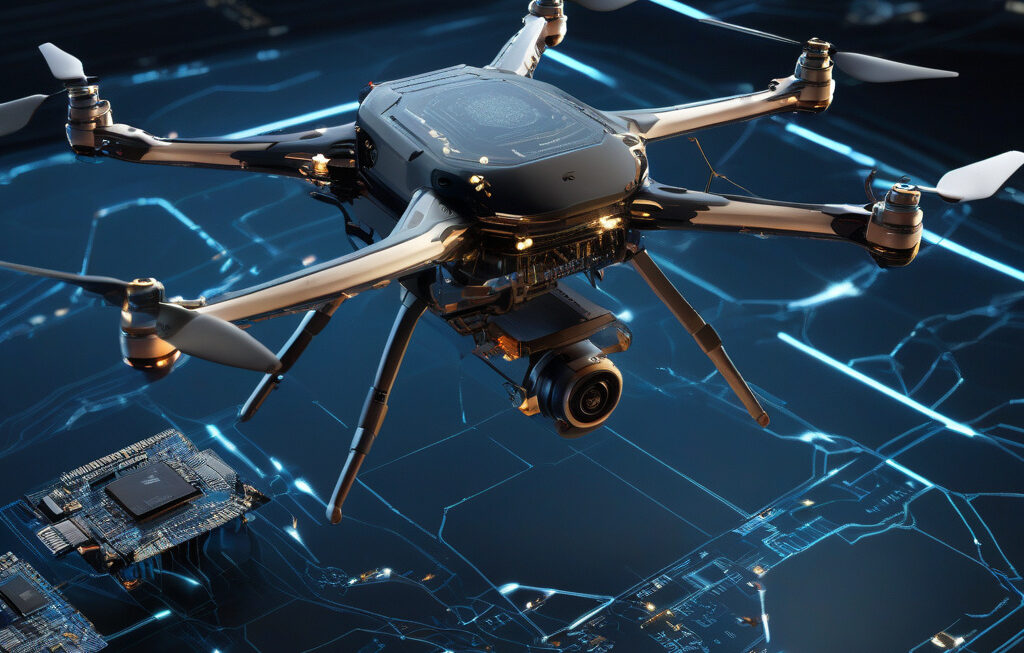The evolving landscape of identity protection: Navigating challenges and embracing biometric solutions
In today’s digital age, the need for robust identity protection measures has never been more critical. With cyber threats on the rise and data breaches becoming increasingly common, individuals and businesses alike are seeking innovative solutions to safeguard their sensitive information. One approach that is gaining traction in the realm of identity protection is the use of biometric technology.
Biometric solutions offer a unique way to verify an individual’s identity based on their physiological or behavioral characteristics. This can include fingerprints, facial recognition, iris scans, voice recognition, and even palm vein patterns. Unlike traditional methods such as passwords or PINs, biometric data is incredibly difficult to replicate, making it a highly secure form of authentication.
One of the key benefits of biometric solutions is their convenience. Rather than having to remember complex passwords or carry around physical tokens, individuals can simply use a part of their body to prove their identity. This not only streamlines the authentication process but also reduces the risk of unauthorized access.
Moreover, biometric technology is continuously evolving, with new and innovative solutions being developed to enhance security measures further. For example, some companies are exploring the use of behavioral biometrics, which analyze unique patterns in how individuals interact with devices, such as typing speed or mouse movements. By combining multiple biometric factors, organizations can create a multi-layered security approach that is incredibly robust.
Despite the many advantages of biometric solutions, there are also challenges that need to be addressed. One of the primary concerns is the issue of privacy. Biometric data is highly sensitive and, if compromised, can have severe consequences for individuals. As such, it is crucial for organizations to implement stringent security measures to protect this information from unauthorized access.
Another challenge is the potential for biometric data to be misused or abused. There have been cases where biometric information has been stolen or used without the individual’s consent, raising questions about the ethical implications of such technology. To address these concerns, regulatory frameworks and industry standards are being developed to govern the use of biometric data and ensure that it is handled responsibly.
Despite these challenges, the benefits of biometric solutions in identity protection cannot be overstated. By embracing this technology and leveraging its unique capabilities, individuals and organizations can significantly enhance their security posture and protect against a wide range of cyber threats.
In conclusion, the evolving landscape of identity protection presents both challenges and opportunities for individuals and businesses. By adopting biometric solutions and staying abreast of the latest developments in this field, it is possible to navigate the complexities of cybersecurity and safeguard sensitive information effectively.
The evolving landscape of identity protection, biometric solutions, cybersecurity challenges, innovative solutions, data breaches.












